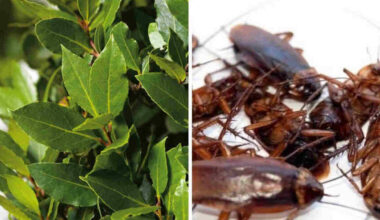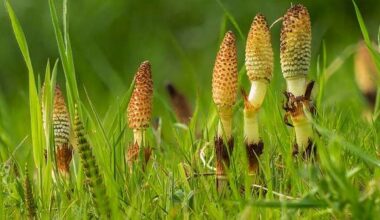Succulent plant with the foot similar to a bottle, the buddha plant is very appreciated for its strong ornamental power as a house plant. Its curious aspect, its red bloom and its facility of culture are as many assets.
Contents
Where to plant the buddha plant?
Buddha plants grow in well-drained, sandy, gravelly or stony soils and near deciduous forests.
Consequently, this plant likes inside in a lit, even sunny place, while avoiding however the rays of midday in particular on the young leaves. It can be taken out in half-shade during the summer.
When it lost its leaves, it is possible to “store” the plant in a dark and fresh room whose temperature does not go down below 59 °F.
When to plant the buddha plant?
The buddha plant is quite simple, you can plant it throughout the year without problems.
How to plant it?
Install a layer of gravel or clay balls at the bottom of the pot. Use a cactus potting soil or a mixture of leaf loam, coarse sand and topsoil or a 50/50 mix of leaf loam, peat, sand and gravel or pozzolan.
Earthen pots, not too large in relation to the plant but deep, are more suitable than plastic pots.
Culture of the buddha plant as a houseplant
Exhibition
The Buddha plant needs bright light and a little sun in the morning or evening if it is grown behind glass to avoid burning from the midday sun.
Substrate
The substrate must be well drained, stony, leave a layer of gravel at the bottom of the pot. Fill it with a mixture of river sand and good soil before placing the plant in it.
Watering
It is better to water this plant too little than too much (too much water leads to the risk of rotting). Watering every 10 days is sufficient in summer. As soon as the leaves fall off, let the mixture dry completely until April.
Temperature
the buddha plant is not at all rustic. Its plantation in full ground is not advised even in the privileged areas, you can however take out the plant in summer in a semi-shaded zone of the garden.
In winter, a rest at a temperature between 53 and 59 °F will induce its future bloom.
Fertilizer
Add a little “fat plant” fertilizer once a month to the water during the growing season.
Pruning of the buddha plant
When to prune?
Proceed in spring.
How to prune ?
Pruning the stem ends will increase the size of the trunk and keep it compact. However, avoid wetting the cuts to ensure good tissue healing and wear gloves.
Diseases, pests and parasites
Too much water makes the roots rot. Repot the plant in a more porous substrate and apply a fungicide.
Mites (red spiders) and whiteflies (white flies) are common indoors.
Multiply the buddha plant
The buddha plant multiplies by sowing and it is a true pleasure! The seeds germinate quickly, then the growth of the seedlings is fast. If the seeds are harvested from the mother plant, you have to wait until the round fruits are completely dry, but collect the seeds before the fruits explode.
Harvesting is done in late summer, but it is best to keep the seeds cool and dry until spring, unless you have extra lighting for the seedlings in winter.
The seeds are sown at a rate of one per 4-inch diameter pot, in a mixture of half soil or well decomposed compost, and half coarse sand. The pots are installed in light, well watered, at a temperature of 77°F.
Germination starts in 1 week. At the end of 2 weeks, the seedlings are presented in the form of a thick and 8 inches high hypocotyl, surmounted by 2 small round cotyledons. A few weeks later, you get small coral plants, with a bottle-shaped trunk, with some already typical leaves.
Summary
The Buddha plants are plants of the euphorbiaceae family, native to dry tropical regions of Central and South America. The genus was much talked about a few years ago (2007), thanks to, or because of, the buddhas plant, a shrub whose seed can provide oil that can be used as fuel.
However, this green oil has however experienced setbacks and has been a source of expropriation and ecological and economic imbalances for some populations in Brazil and Madagascar.








